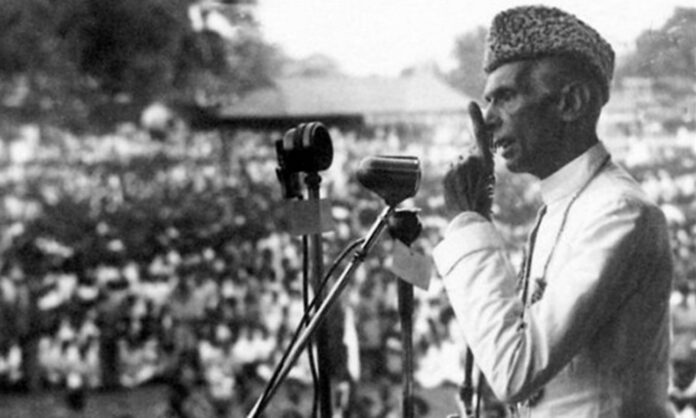Matrix Report
The Lahore Fort has seen many conquerors rise and fall, rebellions, dynasties fall, and bloodshed, but never a revolution in which 100 million Muslims of the subcontinent pledged to wage an unarmed constitutional struggle for the creation of a sovereign independent nation for themselves, as occurred on March 23, 1940, at the historic Minto Park.
Tensions had been raised in the run-up to the March session in Lahore, when Punjab’s Unionist Party leader, Sir Sikandar Hayat Khan, prohibited all private armed militias. This ban also had an effect on Allama Mashriqi’s Khaksar Tehreek, whose journal, Al-Islah, launched a very critical and inflammatory campaign against him. On March 19, Khaksar Tehreek contingents brandishing spades began congregating at Bhati Gate. When the police tried to stop them, a fight broke out, killing one British officer and injuring many more. Later, police reinforcements arrived and brutalized numerous Khaksars viciously, murdering several of them. This infuriated the Muslims who lived within the city’s walls, who took it out on Sikandar Hayat. The situation had deteriorated to the point when Sikander Hayat pleaded with the Quaid over the phone to postpone the All-India Muslim League session (AIML). Quaid, on the other hand, was adamant that the historic encounter would take place as scheduled.
On March 21, the Quaid arrived in Lahore, where a grand reception was planned and he was to lead a huge rally on his way to the League office on Davis Road. However, in deference to the Muslim families mourning their dead, he instructed the organizers to cancel the rally. He issued a press release in which he revealed that important decisions were to be taken in Lahore. In the evening, a meeting of the AIML Council was held, which finalized the list of members for the Subjects Committee.
On March 22, an open session of the AIML was held, where Quaid delivered his presidential address in which he gave a brief account of political developments in the preceding two years. Towards the end of his address, while elaborating upon the two-nation theory, he made a reference to a letter written by Lala Lajpat Rai to Bengal’s famous leader CR Das in 1924, where the former had stated that Hindus and Muslims are two separate nations and they can never form part of one united nation.

In the evening, the Subjects Committee met, and the Quaid made it clear that the focus of the Lahore sessions would be on the Pakistan Resolution. Nawab Liaquat Ali Khan read out the proposed draft of the Resolution in Urdu, prepared by 21 members of the working committee. Resolution, translated into English by Maulana Zafar Ali Khan, read, “That geographically contiguous unit are demarcated into regions which should be so constituted, with such territorial readjustments as may be necessary, that the areas in which the Muslims are numerically in majority as in the North-Western and North-Eastern Zones of India would be grouped to constitute ‘Independent States’ in which the constituent units shall be autonomous and sovereign.”
Mr. Ashiq Hussain Batalvi proposed several amendments when discussions restarted to guarantee that Punjab and Bengal were not divided. Nawab Liaquat Ali Khan, on the other hand, assured him that this would not be permitted. As a result, no amendments were made, the draught resolution was adopted, and the Quaid-e-Azam determined that Maulana Fazlul Haq would propose the resolution in an open session on March 23, at Minto Park.




